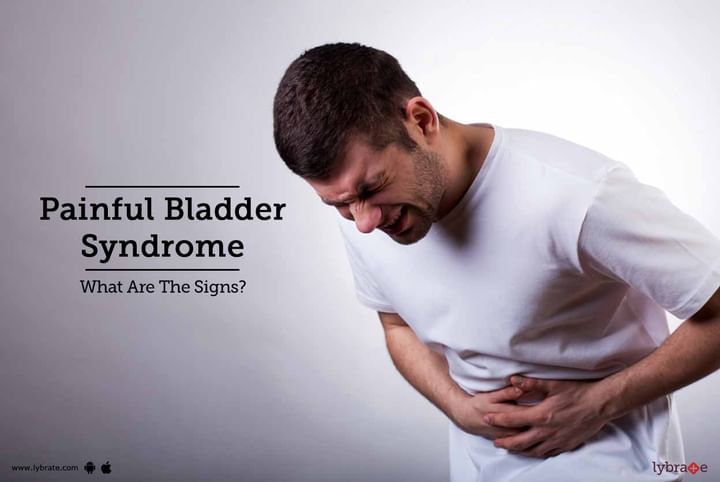Painful Bladder Syndrome - What Are The Signs?
The kidneys make urine, which is a fluid through which wastes from the body including urea are eliminated from the body. There are two kidneys on the right and left side, which make urine, and pass it down to the bladder through tubes known as ureter. The bladder acts as a reservoir of the urine that is formed in the kidneys. It is stored temporarily there before being excreted out of the body through the urethra. The urinary bladder is a highly muscular organ and has a rich connective tissue.
Interstitial cystitis (IC) or painful bladder syndrome (PBS) is a very common condition, which affects females more than males. While the exact etiology is not known, it could be age-related and also lifestyle related. People who are used to controlling the urge to pass urine are highly likely to develop this condition. The simple logic is that there is additional pressure on the bladder from the urine that is contained for longer period of time. As such, the muscular wall stretches and begins to feel stressed.
When this habit continues over a period of time, the bladder wall may become irritated or inflamed or even scarred in severe cases. There is no role of bacteria in this condition, and antibiotics are of no help in managing this condition (though the name cystitis usually indicates infection).
The following symptoms are seen as a result of this constant irritation and inflammation.
- One may suffer from pain and pressure in the bladder as it continues to collect more and more urine.
- This pressure in the bladder also puts pressure on the surrounding tissues in the abdomen including the pelvis, urethra, abdominal organs, uterus, etc.
- Women may experience pain in the vaginal tract including vulva and behind the vagina.
- Men may experience pain in the area of the scrotum, testicles, prostate, and penis.
- There is an increased urge to urinate, which may be as much as 9 to 10 times a day. As the condition progresses, there could be more visits, as many as 40 to 50 visits a day.
- This tendency and urge to urinate increases during nighttime.
- For women, this urge to urinate and other symptoms including pain are worse during menstruation.
- There could be pain during intercourse for both men and women.
- There could be pain even otherwise, which can range from a mild dull ache to a piercing pain.
- At a structural level, this constant pressure leads to pinpoint bleeding (glomerulations) and sometimes even ulcers in the bladder wall.
There is no definitive treatment for IC or PBS. However, bladder distention and instillation are proven methods of increasing bladder capacity, which therefore helps in relieving symptoms.
In case you have a concern or query you can always consult an expert & get answers to your questions!



+1.svg)
